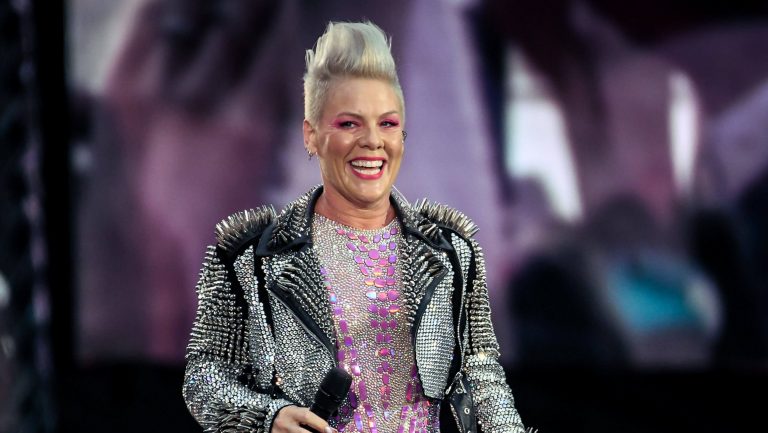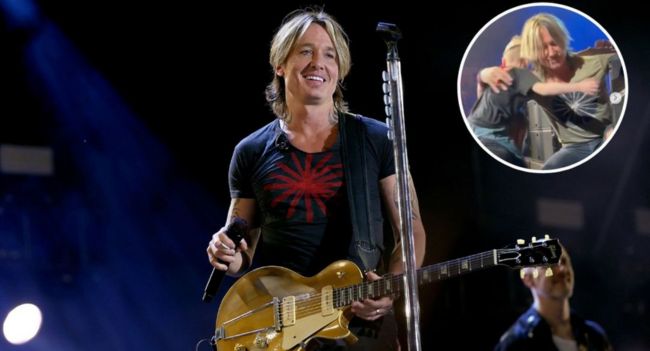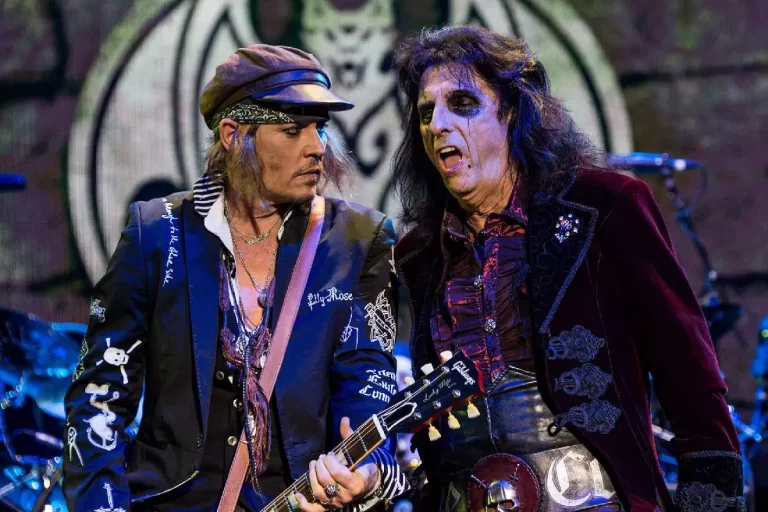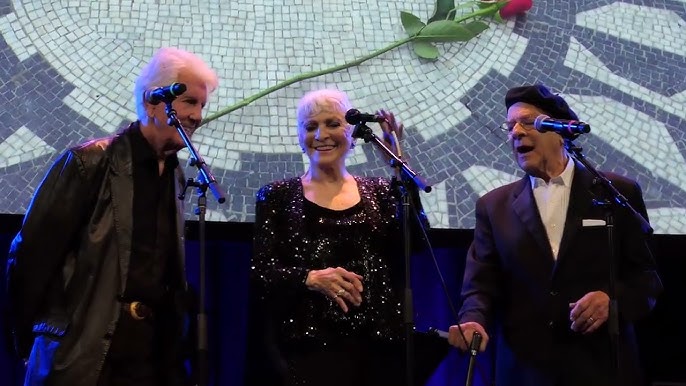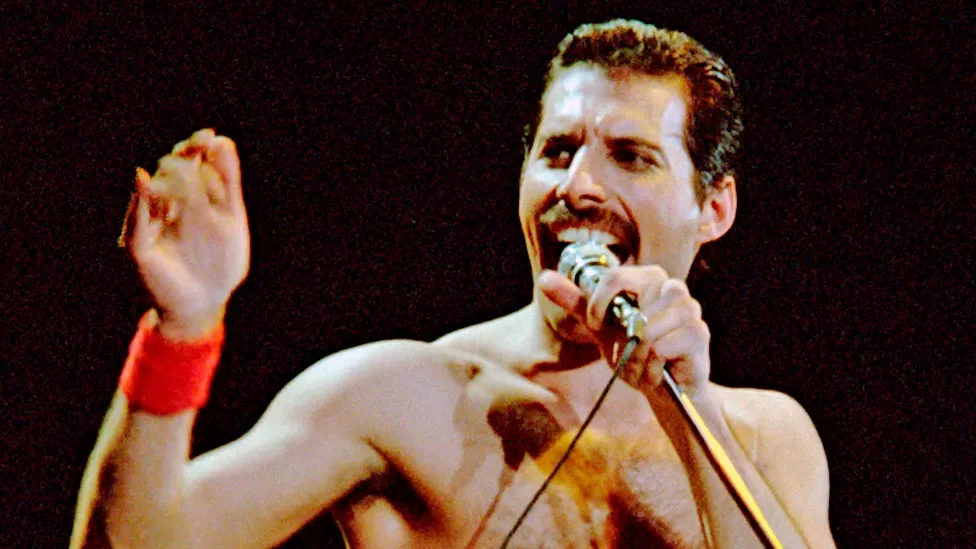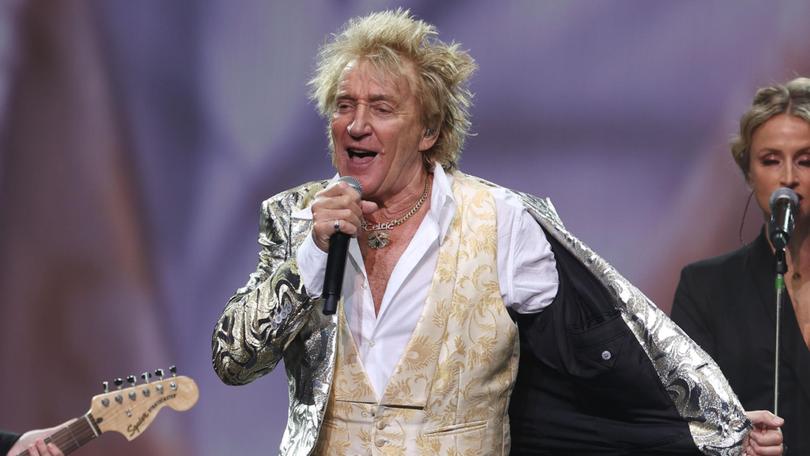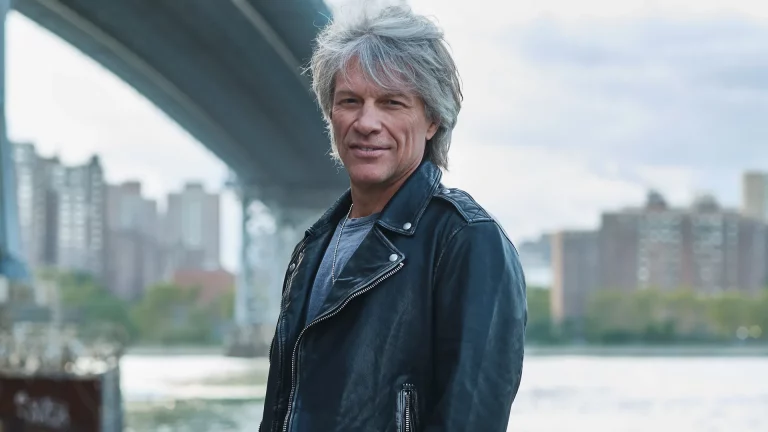When Bad Bunny famously declared that the world had “four months to learn Spanish,” most people took it as a joke — but not P!nk. The pop-rock powerhouse saw it as an open challenge, and in true P!nk fashion, she dove right in.
During one of her electrifying Las Vegas residency shows, the Grammy-winning singer paused mid-performance, grinning as she looked out at the roaring crowd. “I’ve started learning Spanish, people!” she shouted, hands on her hips, her voice echoing through the arena. The audience exploded in applause and laughter, but before the noise could die down, P!nk followed it up with something that left everyone reflecting: “Music connects us before words ever do. It’s soul — not subtitles.”
In that single statement, she captured something deeper — the idea that music isn’t bound by language, that rhythm, emotion, and melody speak to everyone in a way words sometimes can’t. It’s the kind of message only P!nk could deliver: bold, authentic, and charged with heart.
Over the years, she’s been known not only for her powerhouse vocals and daring acrobatics but also for her ability to bridge worlds — pop and rock, vulnerability and rebellion, raw emotion and universal truth. So when she turned Bad Bunny’s viral comment into a moment of unity, it wasn’t just funny — it was powerful.
Leave it to P!nk to transform a trending soundbite into something meaningful, reminding us all that the language of music is one we already speak fluently — together.

